Home>Articles>How To Determine The Appropriate Ladder Height For Safety


Articles
How To Determine The Appropriate Ladder Height For Safety
Modified: January 6, 2024
Discover the top of ladder safety measures for workers climbing onto surfaces. Read our articles to find out how many feet the ladder must extend above the surface.
(Many of the links in this article redirect to a specific reviewed product. Your purchase of these products through affiliate links helps to generate commission for Storables.com, at no extra cost. Learn more)
Introduction
Ladders are essential tools in various industries and occupations, allowing workers to access heights and perform tasks effectively. However, using a ladder comes with inherent risks, and ensuring ladder safety is of utmost importance to prevent accidents and injuries in the workplace.
One crucial aspect of ladder safety is ensuring that the top of the ladder extends a sufficient distance above the surface that a worker is climbing onto. This extension provides stability and support, reducing the risk of slips, falls, and other accidents. In this article, we will explore the necessary ladder extension and the factors to consider when determining the appropriate height for ladder safety.
Understanding and adhering to ladder extension guidelines is not only vital for the well-being and safety of workers, but it is also a legal requirement set forth by the Occupational Safety and Health Administration (OSHA) in the United States. By following these regulations, employers can create a safer work environment and mitigate the risk of accidents related to ladder use.
Next, we will delve into the specific regulations set forth by OSHA and discuss how to determine the required ladder extension based on these guidelines. It is important to note that these regulations may vary from country to country, so be sure to consult your local safety authorities and regulations.
Key Takeaways:
- Proper ladder extension, such as the OSHA-mandated three-foot minimum, is crucial for stability and safety when climbing onto higher surfaces. Consider task nature, ladder type, and environmental factors for optimal extension height.
- Prioritize ladder safety by following proper extension guidelines, securing the ladder, maintaining three-point contact, and using appropriate personal protective equipment. Create a culture of safety to reduce ladder-related accidents in the workplace and beyond.
Importance of Ladder Safety
Ladder safety is paramount in ensuring the well-being of workers who rely on ladders to perform their job duties. Accidents and injuries resulting from ladder falls can have severe consequences, both for the individual involved and the organization they work for. Understanding the importance of ladder safety can help create a culture of safety in the workplace and prevent accidents before they occur.
One of the primary reasons ladder safety is crucial is the high number of ladder-related injuries reported each year. According to the Centers for Disease Control and Prevention (CDC), hundreds of thousands of individuals seek medical treatment for ladder-related injuries annually in the United States alone. These injuries can range from minor sprains and fractures to more severe injuries, such as spinal cord damage and head trauma.
Besides the potential physical harm, ladder accidents can also result in financial losses for businesses. Employees who suffer injuries while using a ladder may require time off work to recover, leading to decreased productivity and increased medical expenses. Additionally, employers can face lawsuits and fines if they fail to provide a safe working environment, adhere to safety regulations, or properly train their employees in ladder safety protocols.
Implementing ladder safety measures not only protects workers but also enhances overall productivity. When employees feel safe and confident while using ladders, they can focus on their tasks without distractions or fear of accidents. This can lead to improved efficiency and quality of work, benefiting both the employees and the organization as a whole.
Creating awareness and providing training in ladder safety is essential for all individuals who may use ladders in the workplace. This includes not only employees directly involved in construction, maintenance, and other manual labor tasks but also office workers who may need to access file cabinets or high shelves. By ensuring that all workers understand and follow proper ladder safety protocols, organizations can significantly reduce the risk of accidents and injuries.
In the next section, we will take a closer look at the ladder extension regulations set forth by OSHA, which play a vital role in ensuring ladder safety.
OSHA Regulations on Ladder Extension
The Occupational Safety and Health Administration (OSHA) in the United States has established specific regulations regarding ladder safety to protect workers from ladder-related accidents. These regulations provide guidelines on various aspects of ladder use, including ladder extension requirements.
According to OSHA regulations, the top of a ladder must extend a minimum of three feet above the surface that a worker is climbing onto. This extension is crucial for providing stability, support, and a secure handhold for workers as they transition from the ladder to a higher surface.
The three-foot extension requirement applies to all types of portable ladders, such as stepladders, straight ladders, and extension ladders. OSHA emphasizes that failure to comply with this regulation can significantly increase the risk of falls and injuries.
In certain situations, OSHA allows for a reduced ladder extension when specific conditions are met. For example, when using a ladder to access a roof, if it is not practical to provide a three-foot extension due to the roof height, the ladder must be secured and positioned so that it does not slip off the roof. OSHA also states that alternative fall protection measures, such as guardrails or personal fall arrest systems, should be implemented in these situations.
It is essential to note that OSHA regulations may have additional requirements and exceptions depending on the specific industry or job. Employers and workers should consult the appropriate OSHA guidelines and seek guidance from safety professionals to ensure compliance with ladder extension regulations.
In the following section, we will explore how to determine the required ladder extension based on OSHA guidelines and other factors.
Determining the Required Ladder Extension
When it comes to determining the required ladder extension, several factors need to be considered to ensure adequate safety for workers. While OSHA provides a minimum requirement of a three-foot ladder extension, additional factors can influence the ideal height for ladder extension in specific situations.
One crucial factor is the nature of the task being performed. If a worker will be carrying tools or materials while climbing onto a higher surface, the ladder extension should be adjusted accordingly to provide a secure handhold and prevent any imbalance. It is essential to consider the weight and size of the items being carried to ensure proper ladder stability.
The type of ladder being used also plays a role in determining the required extension height. Stepladders, for example, have a built-in platform where workers can stand, which may reduce the need for a significant ladder extension. Extension ladders, on the other hand, require a longer extension to ensure stability and proper access to higher surfaces.
The specific height of the surface being climbed onto is another critical factor. The ladder extension should be sufficient to allow the worker to transition smoothly onto the higher surface without the risk of losing balance or grip. It is advisable to have a ladder with an extension that extends a few inches above the intended surface to provide a secure and stable handhold.
Consider the environment in which the ladder is being used. If there are potential hazards or obstructions near the upper surface, such as overhead fixtures or equipment, the ladder extension may need to be adjusted to ensure safe clearance. It is crucial to assess the surroundings and make appropriate adjustments to the ladder extension based on the specific conditions.
Lastly, it is essential to follow any additional guidelines or recommendations provided by ladder manufacturers. They often provide specific instructions regarding ladder extension heights based on the ladder’s design and intended use. Following these manufacturer guidelines can further enhance ladder safety and mitigate the risk of accidents.
By considering these factors and applying them to the OSHA minimum requirement of a three-foot ladder extension, employers can determine the appropriate height for ladder extension in various work scenarios. Taking the time to assess and adjust the ladder extension height will help ensure the safety and well-being of workers using ladders.
In the next section, we will explore some essential safety tips for using an extended ladder.
The top of a ladder should extend at least 3 feet above the surface a worker is climbing onto for safety and stability.
Factors to Consider When Extending a Ladder
Extending a ladder correctly is crucial for ensuring safety and stability while performing tasks at elevated heights. Several factors should be considered when extending a ladder to ensure its proper use and reduce the risk of accidents and injuries.
1. Placement: Before extending the ladder, choose an appropriate location for placement. Ensure the ground or surface is stable, level, and free from debris. Avoid placing the ladder near doors, walkways, or high-traffic areas where it could be bumped or knocked over.
2. Lean angle: The angle at which the ladder leans against the surface is important for stability. The American National Standards Institute (ANSI) recommends an angle of approximately 75 degrees or a 1:4 ratio, meaning for every 4 feet of ladder height, the base should be 1 foot away from the surface it rests against.
3. Locking mechanism: Check that the ladder’s locking mechanism is engaged properly before extending it. This ensures that the ladder remains in a fixed and secure position during use.
4. Overlapping sections: If you’re using an extension ladder, ensure that the overlapping sections are engaged properly. This provides additional stability and prevents the sections from separating while in use.
5. Height adjustment: When extending the ladder, follow the manufacturer’s instructions for height adjustment. Make sure each rung is securely locked in place before climbing.
6. Overreaching: Avoid overreaching while on the ladder. Keep your belt buckle within the ladder’s side rails to maintain balance and stability. Overreaching can cause the ladder to become unstable and increase the risk of falling.
7. Weight capacity: Consider the weight capacity of the ladder and the combined weight of the worker and any tools or materials being carried. Exceeding the weight limit can compromise the ladder’s stability and increase the risk of accidents.
8. Environmental factors: Be aware of environmental factors that can affect ladder stability, such as wind, rain, or uneven surfaces. Adjust ladder placement and consider using additional measures, such as tie-offs or stabilizers, to enhance stability in challenging conditions.
9. Regular inspections: Regularly inspect the ladder for any signs of damage, such as cracks, missing rungs, or loose parts. If any issues are found, do not use the ladder and report it to the appropriate personnel for repairs or replacement.
By considering these factors and following proper ladder extension protocols, workers can ensure the stability and safety of the ladder during use. It is essential to provide adequate training and guidance to employees on ladder safety practices to reduce the risk of accidents and promote a safe working environment.
In the next section, we will discuss some important safety tips for using an extended ladder.
Read more: How To Measure Ladder Height
Safety Tips for Using an Extended Ladder
Using an extended ladder requires careful attention to safety guidelines to prevent accidents and injuries. Whether you are working on a construction site or simply using a ladder at home, following these safety tips will help ensure a safe and secure experience:
- Inspect the ladder: Before using the ladder, thoroughly inspect it for any damage, such as bent or cracked rungs, loose screws, or weakened parts. Do not use a ladder that shows signs of damage, and report it to the appropriate personnel for repair.
- Ensure proper extension: As mentioned earlier, make sure the ladder is extended to the appropriate height, with the ladder top extending at least three feet above the surface you are climbing onto.
- Secure the ladder: Ensure that the ladder is stable and secure before climbing. Make sure the ladder feet are placed on a stable and level surface, and consider using leveling devices or foot pads to improve stability on uneven ground.
- Use the buddy system: Whenever possible, have someone else present to hold the ladder steady and assist you while climbing or performing tasks at heights.
- Always maintain three-point contact: When climbing the ladder, always maintain three points of contact – this can be two hands and one foot or two feet and one hand – with the ladder at all times. This will provide balance and reduce the risk of falling.
- Avoid sudden movements: Make sure to move slowly and deliberately when climbing up or down the ladder. Avoid sudden movements or jerking motions that can destabilize the ladder.
- Never overreach: It is essential to avoid overreaching while on the ladder. Keep your body centered between the ladder’s side rails, and only reach as far as your shoulder level allows without losing balance.
- Use appropriate personal protective equipment (PPE): Depending on the task and work environment, wearing PPE such as helmets, safety goggles, and non-slip footwear may be necessary to protect against potential hazards.
- Follow weight capacity guidelines: Adhere to the weight capacity guidelines specified by the ladder manufacturer. Overloading the ladder with excessive weight can compromise its stability and increase the risk of accidents.
- Keep the ladder clear: Ensure that the ladder is clear of any items, equipment, or debris that can pose a tripping or slipping hazard. This includes tools, materials, and loose objects.
- Don’t leave a ladder unattended: Never leave a ladder unattended, especially if it’s in a public area. Unattended ladders can be hazardous and tempt individuals to use them without proper supervision or safety measures.
Remember, ladder safety is a shared responsibility. Employers should provide appropriate training, conduct regular ladder inspections, and enforce safety protocols. Workers must be diligent in following these safety tips and reporting any ladder issues promptly. By prioritizing ladder safety, accidents and injuries can be significantly reduced, creating a safer work environment for everyone involved.
Let’s now conclude our discussion on ladder extension and safety.
Conclusion
Ladder safety is of utmost importance to prevent accidents and injuries in the workplace. Adhering to ladder extension regulations, such as the three-foot extension requirement set by OSHA, is essential for providing stability and support while climbing onto higher surfaces. However, determining the appropriate ladder extension involves considering various factors, including the nature of the task, ladder type, surface height, surrounding environment, and manufacturer guidelines.
Extending a ladder correctly and following safety guidelines is crucial in minimizing the risk of accidents. Factors such as ladder placement, lean angle, locking mechanisms, overlapping sections, weight capacity, and environmental conditions should all be taken into account when using an extended ladder. Regular inspections and proper training also play a vital role in maintaining ladder safety, ensuring that ladders are in good condition and workers are educated on safe ladder usage.
By incorporating safety tips, such as inspecting the ladder, securing it properly, maintaining three-point contact, avoiding overreaching, and utilizing appropriate personal protective equipment, the risk of ladder-related accidents can be significantly reduced. Employers and workers must work together to create a culture of ladder safety, providing a safe working environment and promoting the well-being of everyone involved.
Remember, ladder safety is not limited to the workplace; it is important to practice ladder safety at home or any other setting where ladders are used. Always prioritize safety, follow guidelines, and seek proper training to ensure the safe use of extended ladders.
In conclusion, understanding ladder extension requirements, considering various factors, and following safety protocols are essential for mitigating the risk of ladder-related accidents. By implementing proper ladder safety measures, we can create a safer environment for workers, reduce injuries, and promote a culture of safety in our workplaces and beyond.
Frequently Asked Questions about How To Determine The Appropriate Ladder Height For Safety
Was this page helpful?
At Storables.com, we guarantee accurate and reliable information. Our content, validated by Expert Board Contributors, is crafted following stringent Editorial Policies. We're committed to providing you with well-researched, expert-backed insights for all your informational needs.
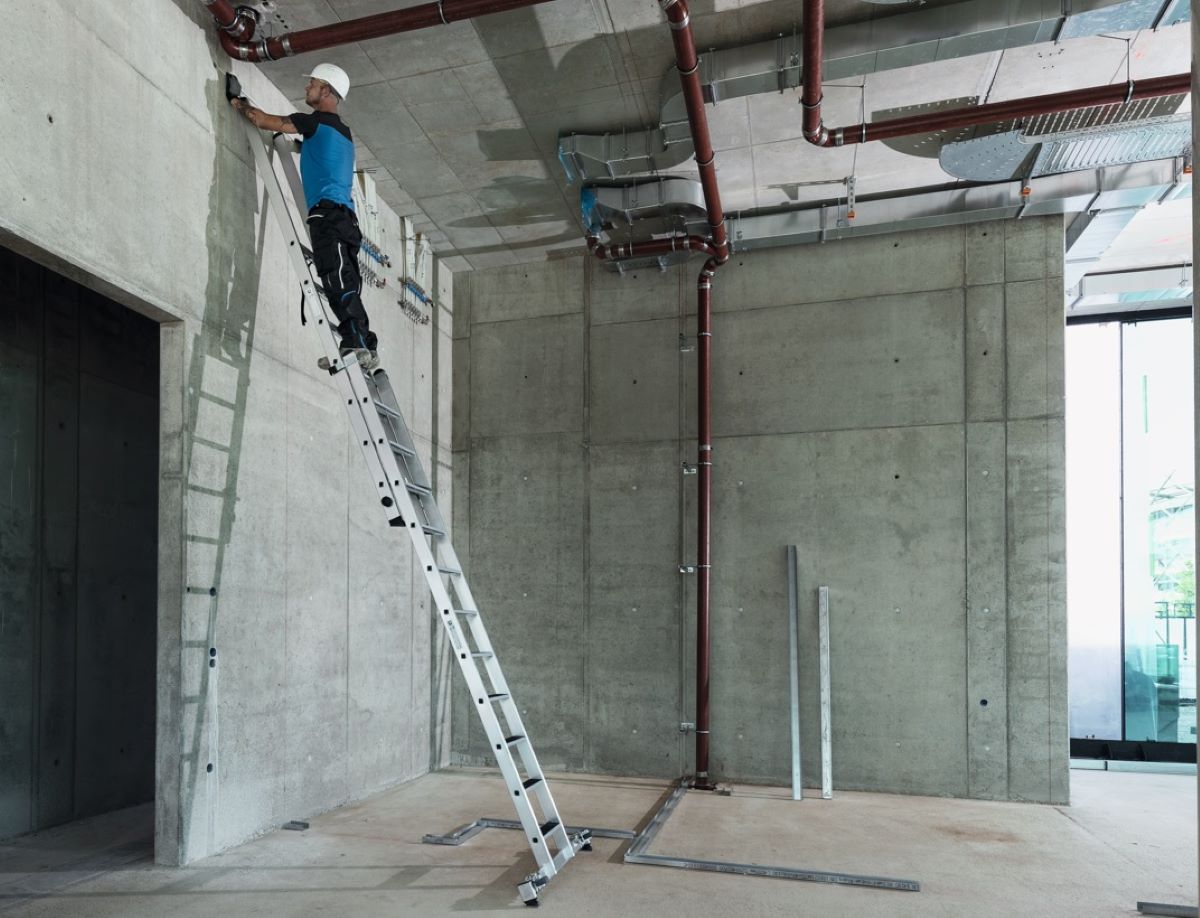
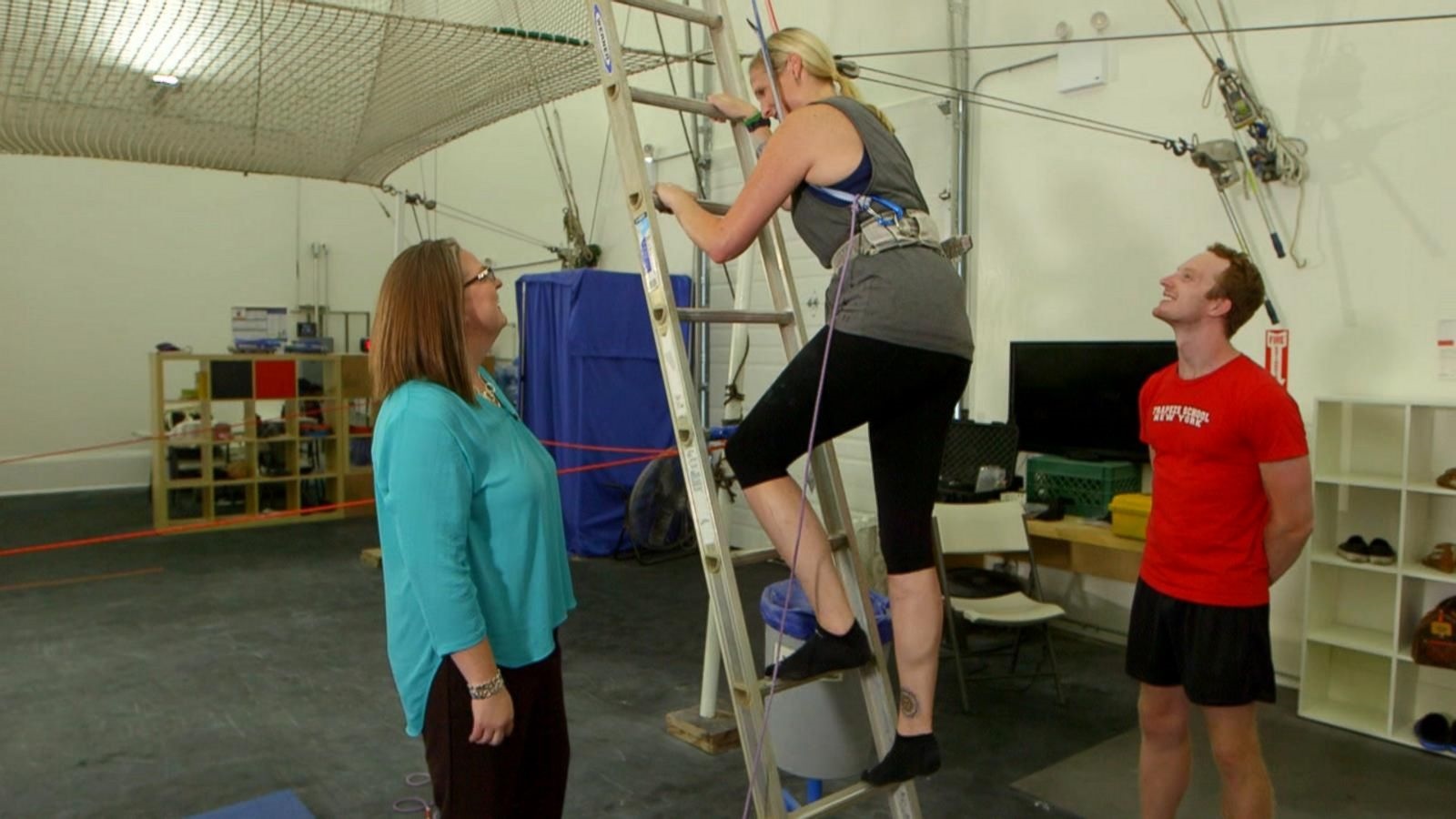
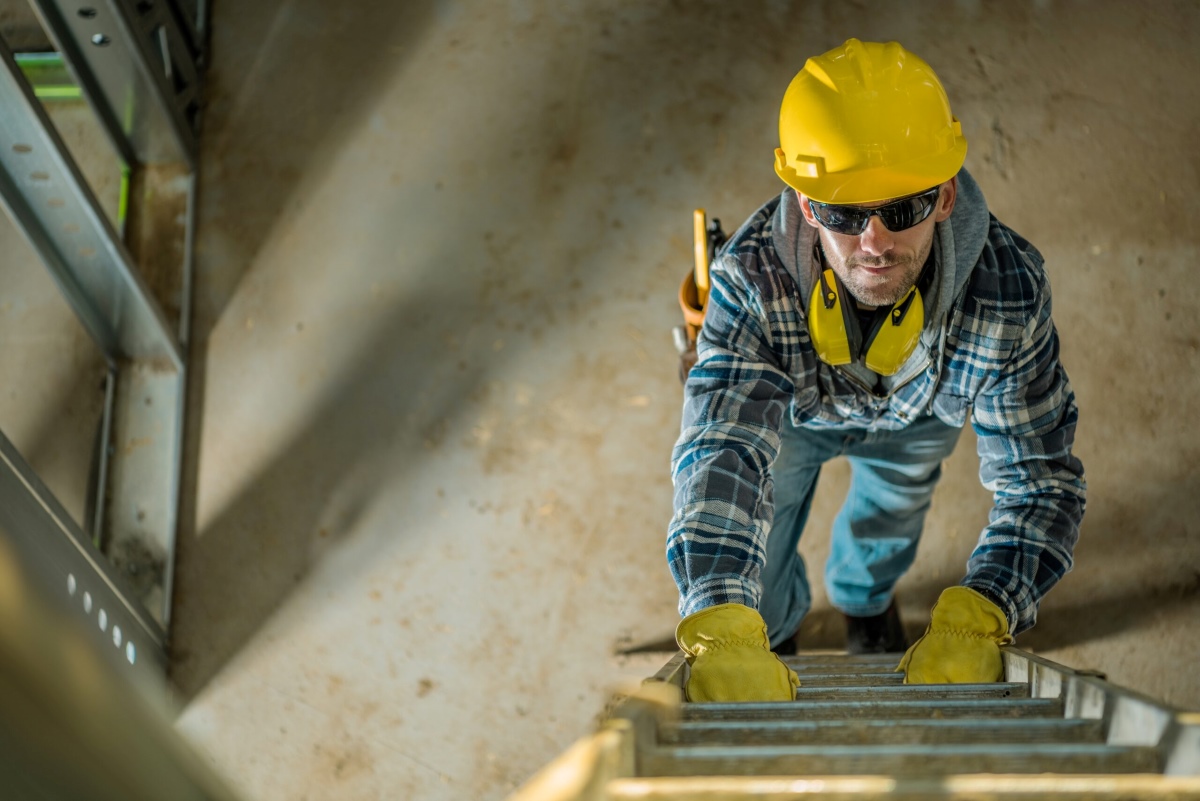
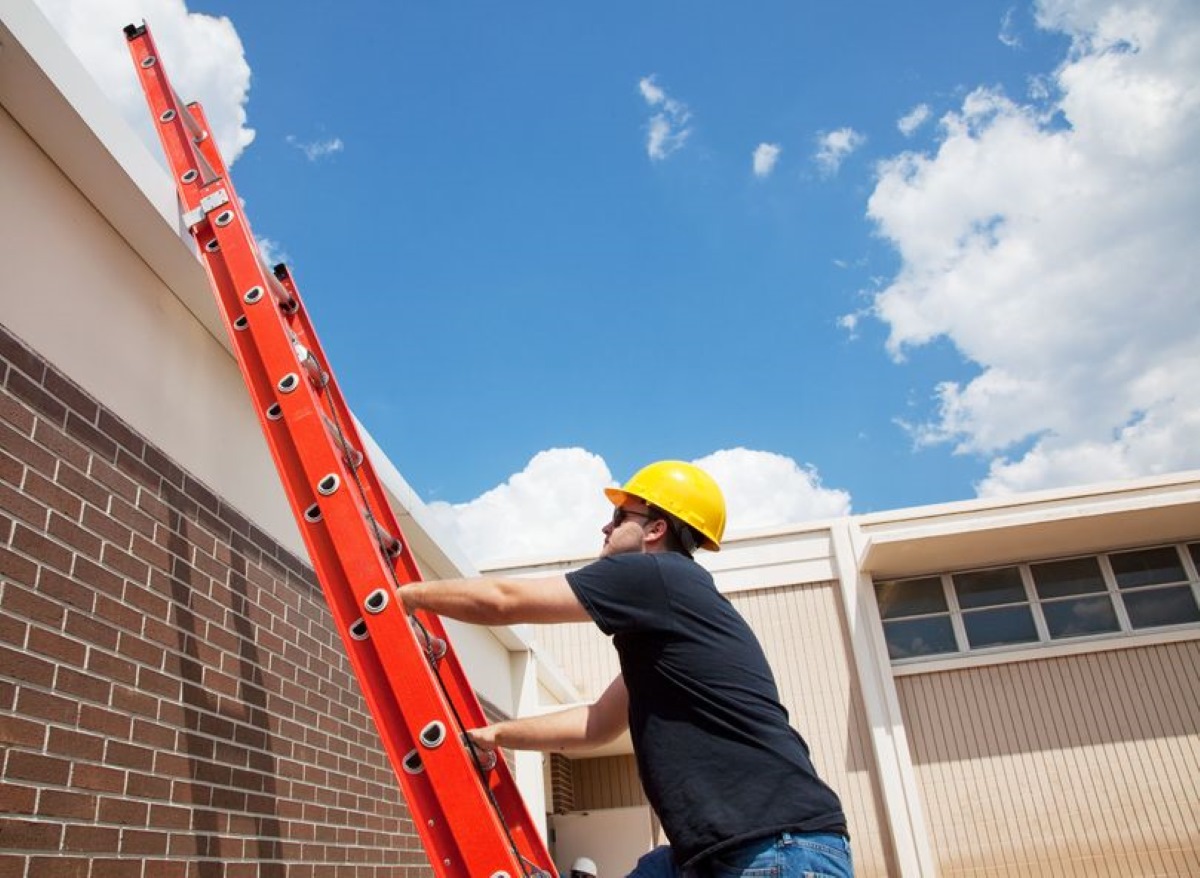
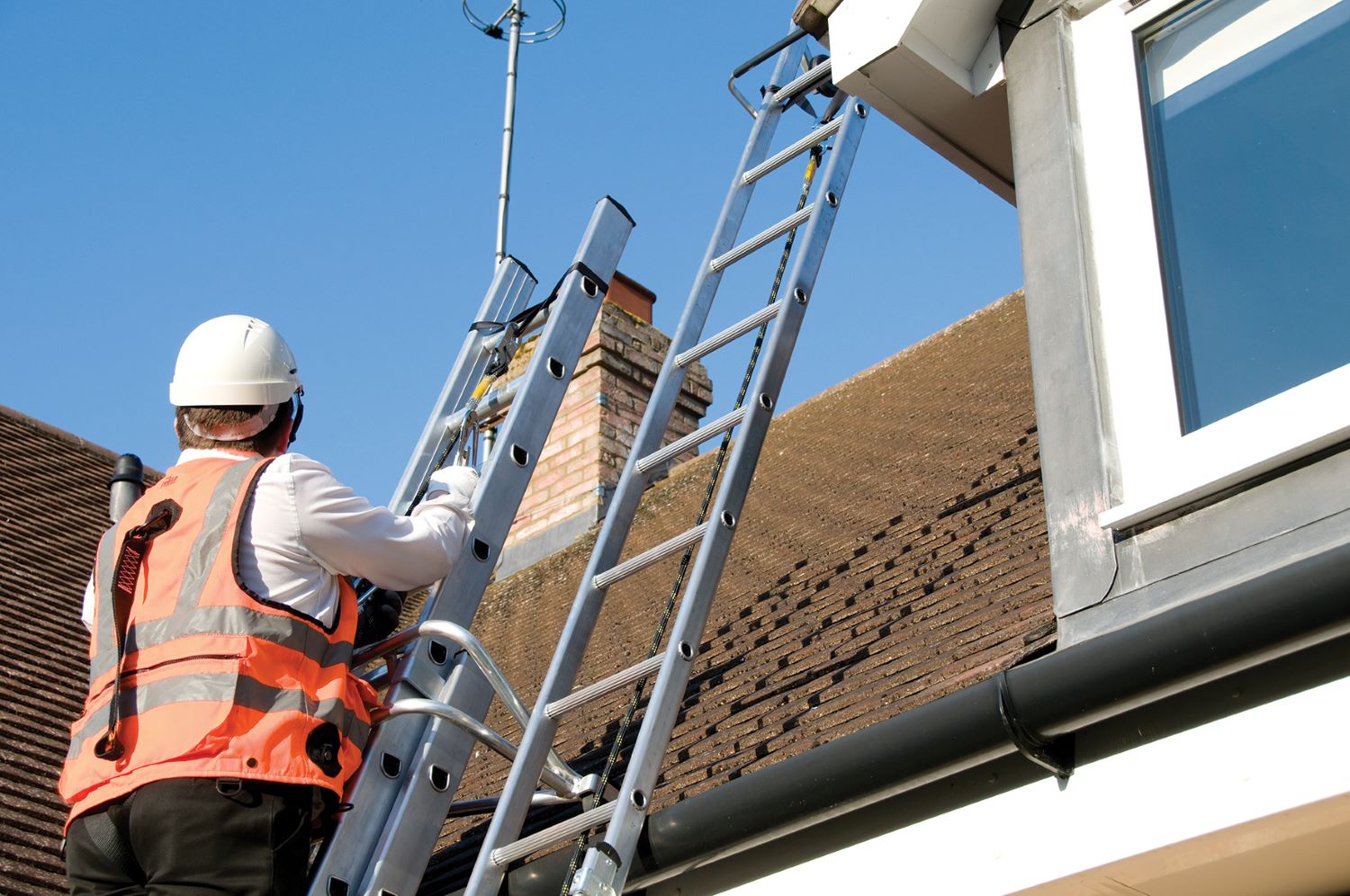
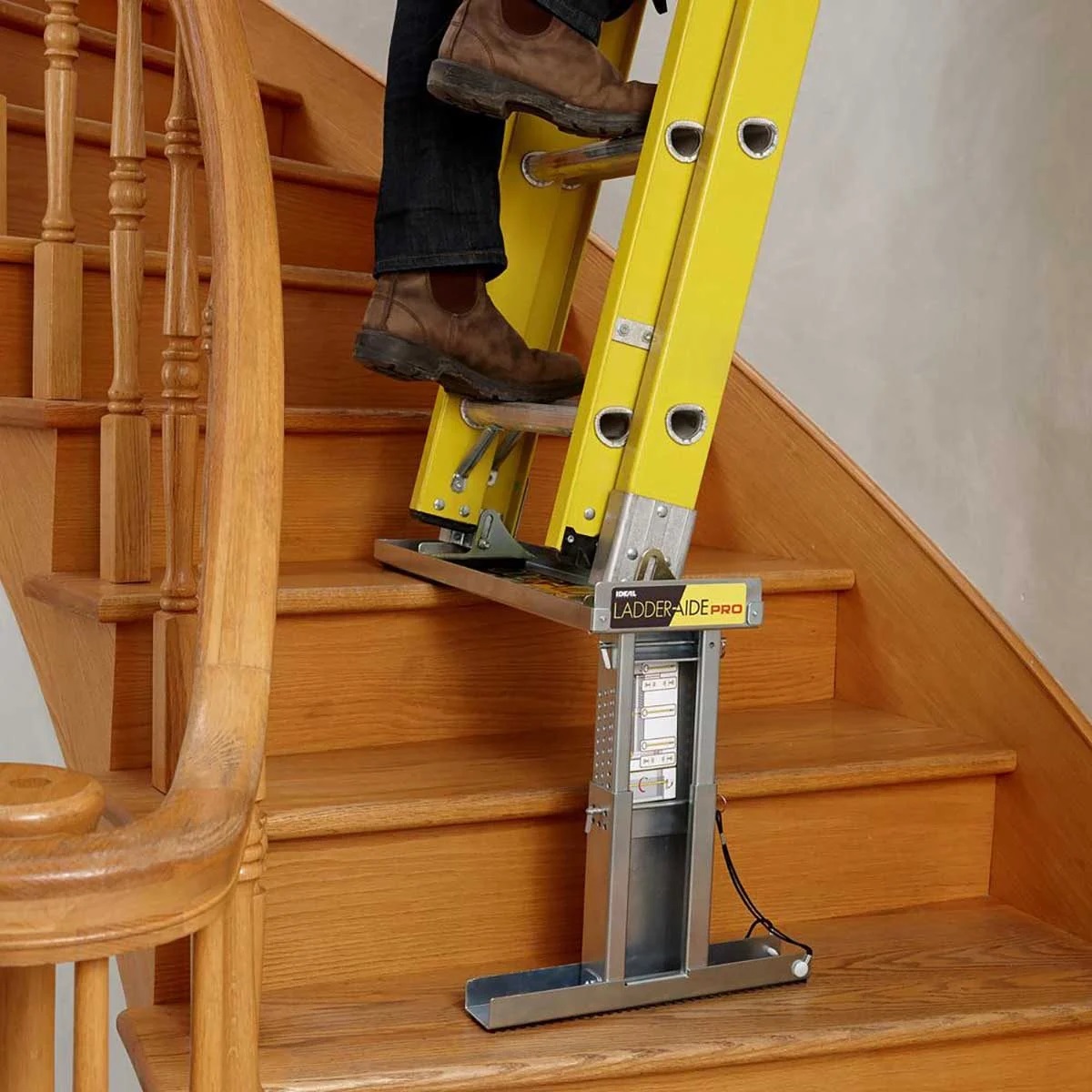
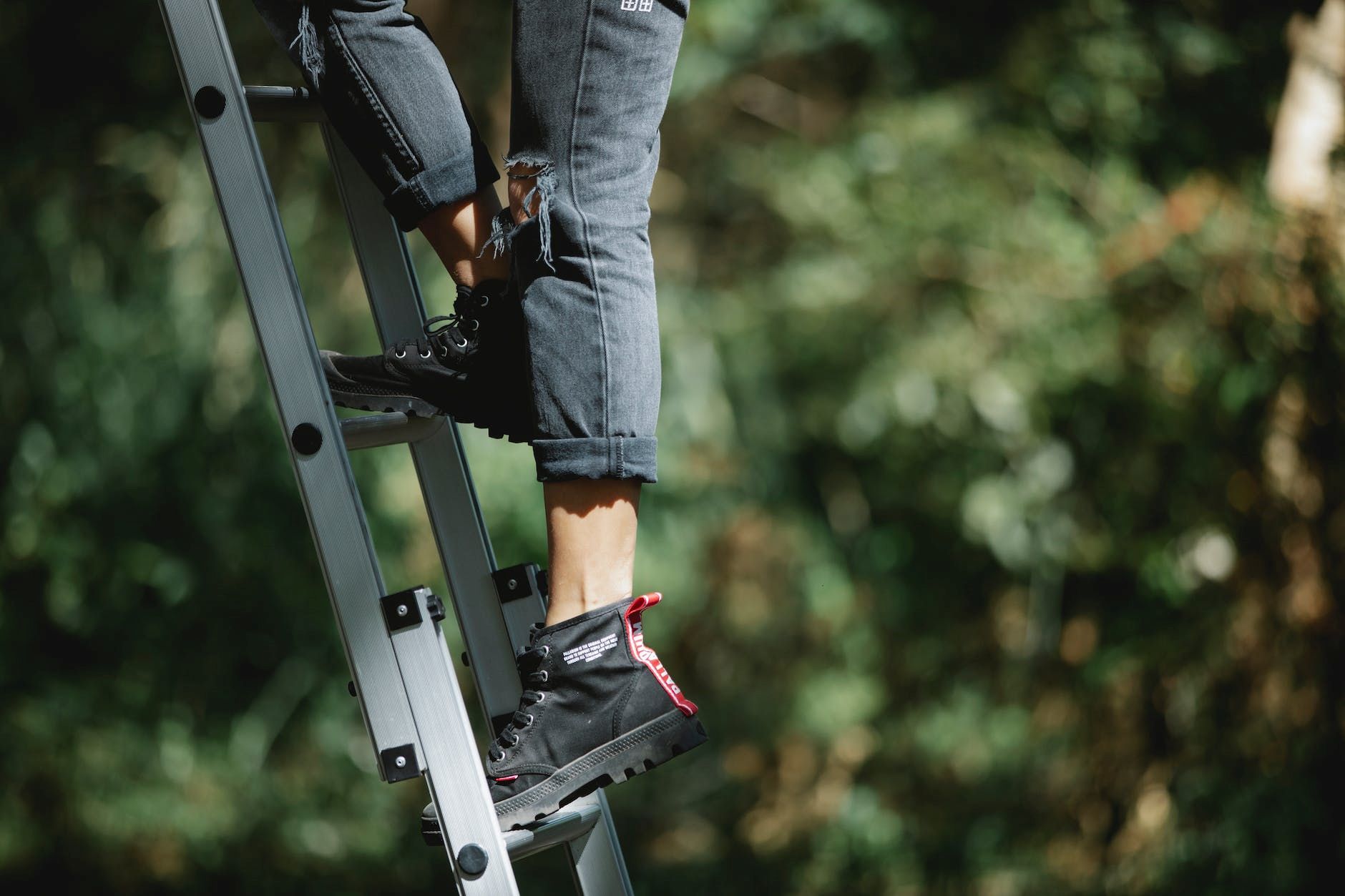
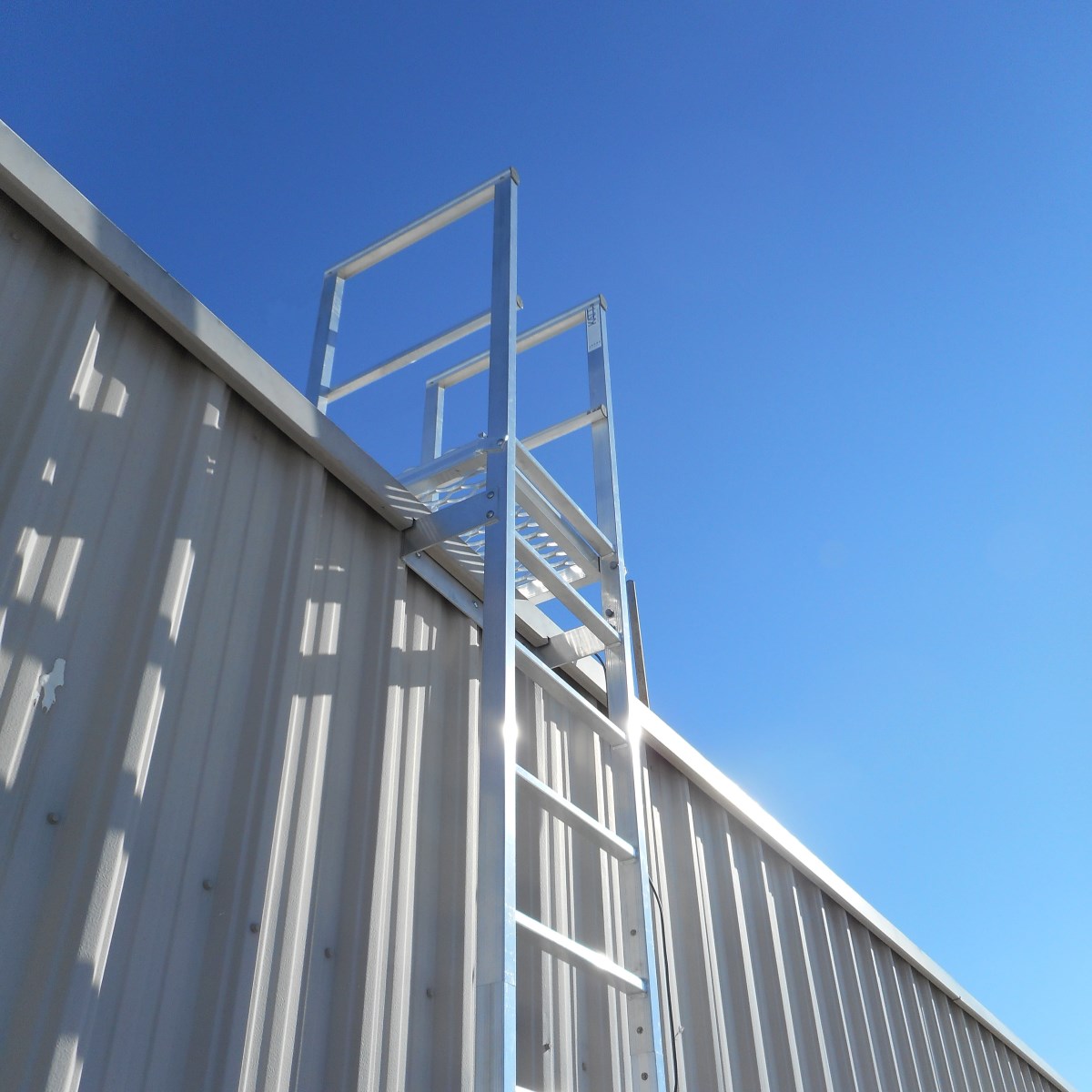
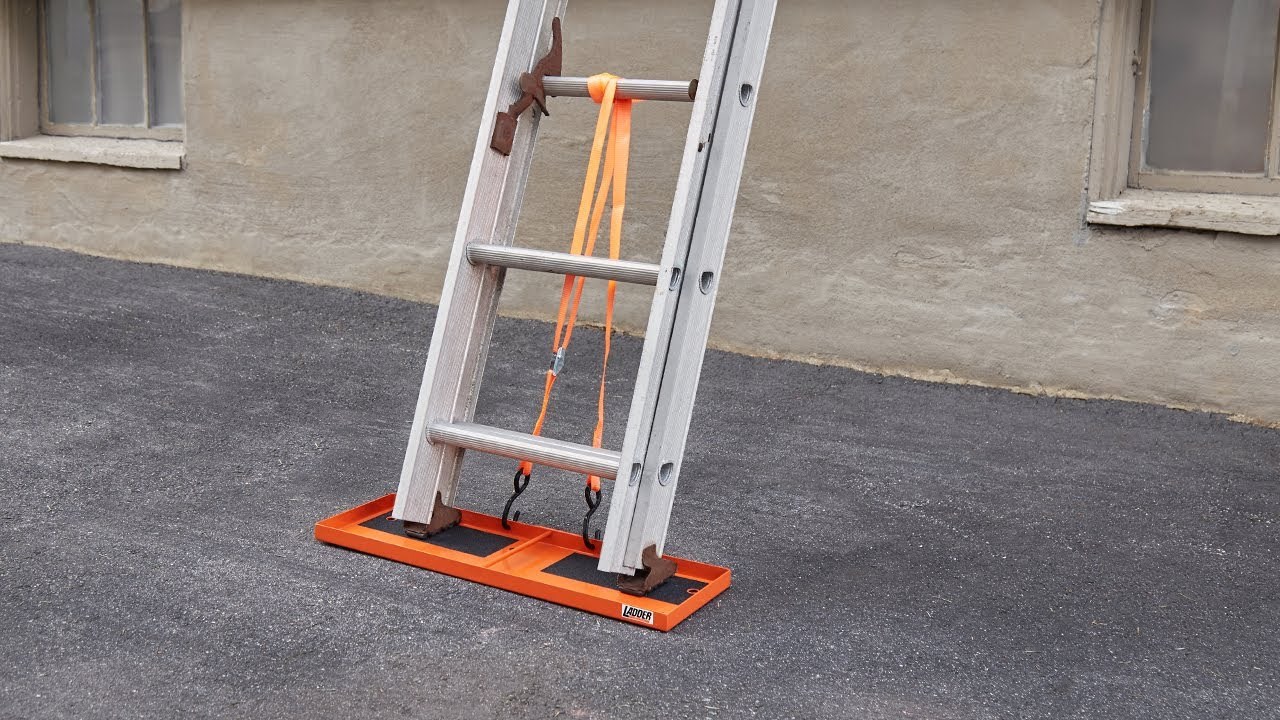



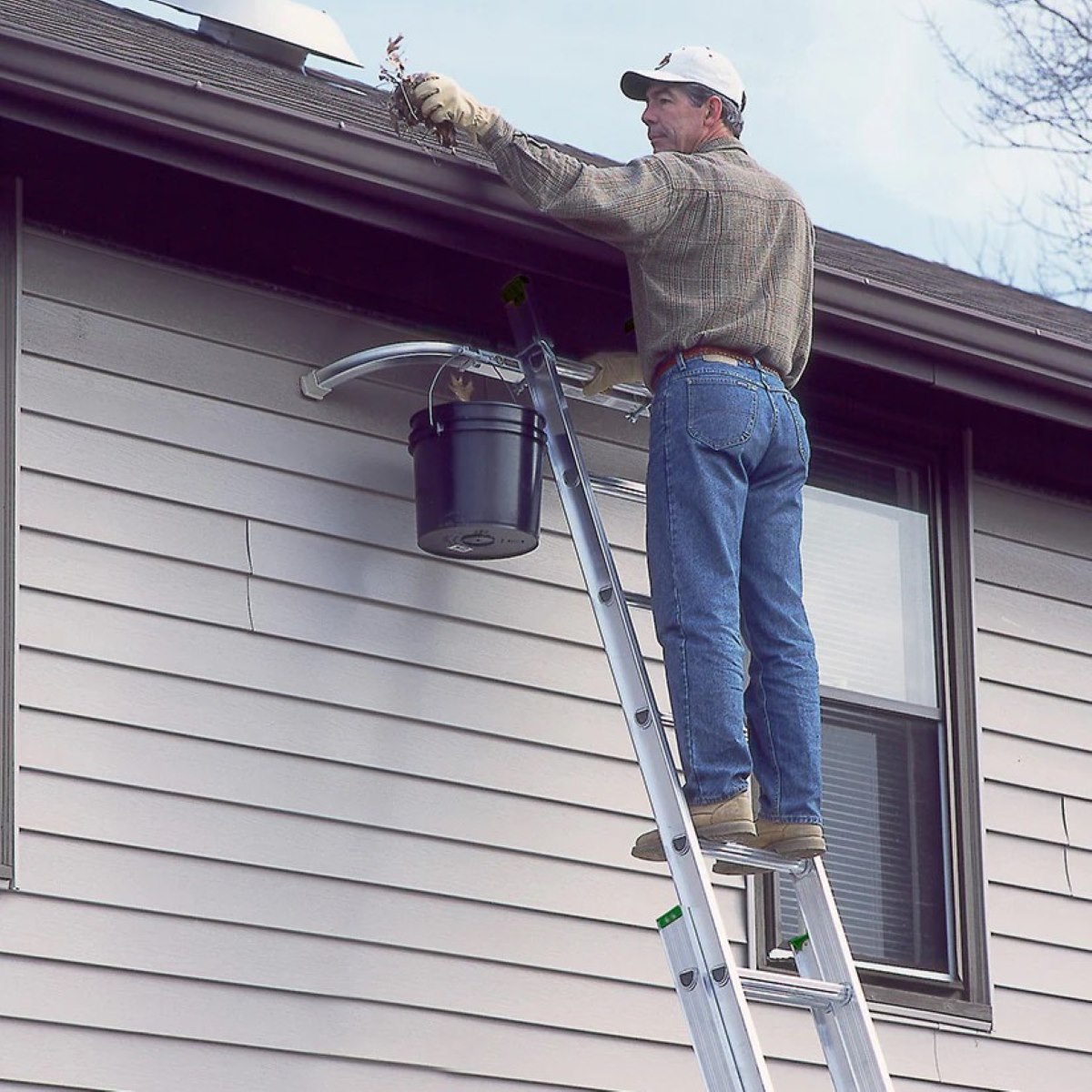
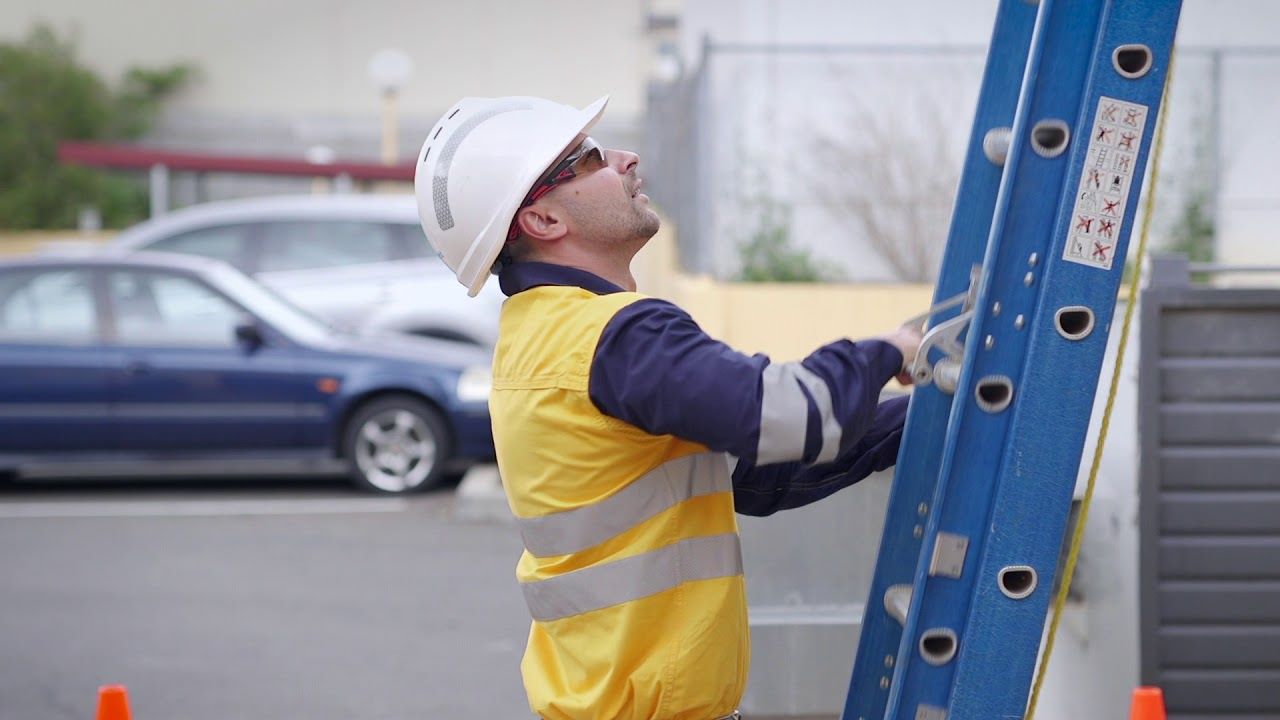

0 thoughts on “How To Determine The Appropriate Ladder Height For Safety”